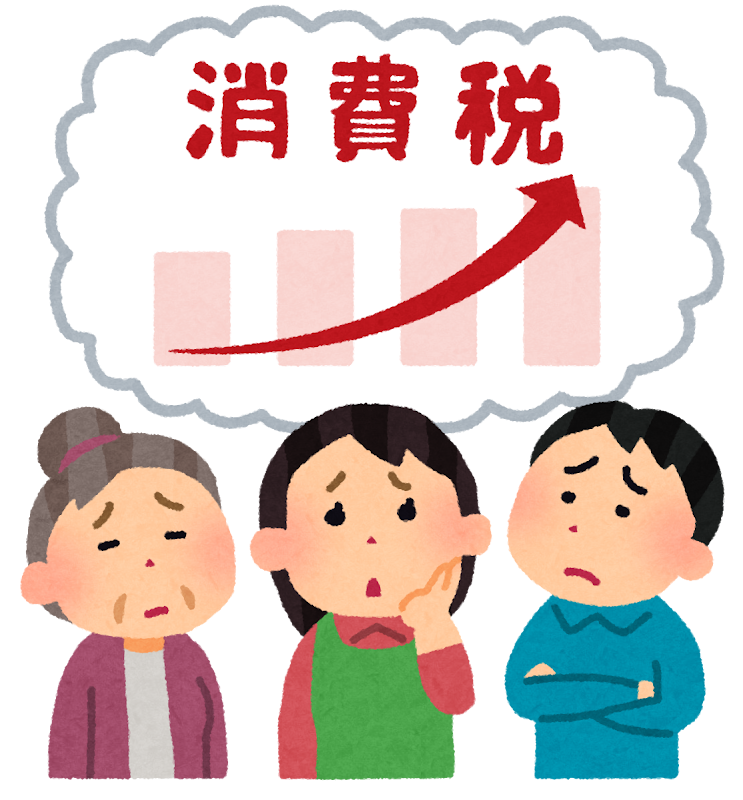In the world of econometrics and statistical analysis, there are numerous techniques that analysts employ to extract meaningful insights from data. One such method, gaining popularity among researchers, is the "Bunching Estimation Method". Let's dive deep into its intricacies, uncovering the assumptions, methods, examples, limitations, and both its pros and cons.

What is Bunching Estimation?
Bunching estimation revolves around the idea of observing how individuals or entities adjust their behavior in response to certain thresholds or cutoffs. For instance, consider tax policies. If a higher income tax rate is applied above a certain income level, we might find many individuals reporting incomes just below this threshold to avoid the higher tax rate. This phenomenon, where there's a 'bunching' of observations around the cutoff, is what this method aims to capture and quantify.
Assumptions:
- Exogeneity of the Threshold: The cutoff or threshold shouldn't be influenced by individual behavior. It's externally set.
- Continuity: Absent the policy or cutoff, individuals would behave in a continuous manner around the threshold.
Methods:
Bunching estimation typically involves:
- Identifying the threshold or cutoff.
- Observing the density of data points around this threshold.
- Comparing this observed density to what would be expected in the absence of the threshold.
Example:
Consider a scenario where a tax break is given to businesses with profits below $100,000. We might observe a large number of businesses reporting profits just below this mark, say at $99,900, to avail the tax break. The spike in frequency at this point indicates bunching.
Limitations:
- Causality Issues: It's challenging to definitively conclude that the observed bunching is solely due to the threshold.
- Generalizability: The insights derived from one threshold may not necessarily apply to others.
- Requires Adequate Data: The method requires a sufficient number of data points around the threshold to make reliable conclusions.
Pros:
- Intuitive and Visual: The method offers a clear visual representation of behavior around thresholds.
- Flexible: Can be applied across various domains like taxation, education, healthcare, etc.
Cons:
- Not Always Conclusive: While bunching can indicate behavioral response, it doesn't always provide a clear magnitude of the effect.
- Sensitive to Bandwidth: The choice of bandwidth around the threshold can influence results.

Bunching Estimation in Practice
To provide a clearer understanding, let's visualize a density plot that showcases the bunching phenomenon.
Plotting the Bunching Estimation
For this example, let's simulate a scenario where individuals adjust their income reporting in response to a hypothetical tax threshold set at $50,000.
(Note: The following plot is a simulated representation and may not depict actual data.)
import numpy as np
import matplotlib.pyplot as plt
import seaborn as sns
# Simulating data
np.random.seed(42)
below_threshold = np.random.normal(48000, 2000, 5000)
above_threshold = np.random.normal(52000, 2000, 5000)
bunching = np.random.normal(49900, 100, 1000)
data = np.concatenate([below_threshold, above_threshold, bunching])
# Plotting with blue counterfactual line
plt.figure(figsize=(10,6))
sns.kdeplot(data, fill=True, label="Observed Data")
sns.kdeplot(counterfactual_data, fill=False, linestyle="--", color="blue", label="Counterfactual")
plt.axvline(x=50000, color='red', linestyle='--', label="Tax Threshold at $50,000")
plt.title('Bunching Estimation with Counterfactual Density Plot')
plt.xlabel('Income')
plt.ylabel('Density')
plt.legend()
plt.show()

The red dashed line represents our tax threshold. As can be observed, there's a noticeable peak in the density just below this threshold, indicative of the bunching phenomenon. The blue dashed line represents the counterfactual distribution, showcasing what the income distribution might have looked like in the absence of the bunching effect. By contrasting the observed data (filled curve) with the blue counterfactual, the influence of the hypothetical tax threshold on income reporting becomes even more evident.

In conclusion, the Bunching Estimation Method offers a unique lens to understand behavioral responses around set thresholds. While it has its limitations, its visual intuitiveness and flexibility make it an invaluable tool for researchers and policymakers. As with all analytical techniques, it's essential to approach results with a critical mind, considering the broader context and potential influencing factors.

![[筆記] Linux php模組、資料庫關聯、splunk串聯系統資訊](https://static.coderbridge.com/images/covers/default-post-cover-2.jpg)
